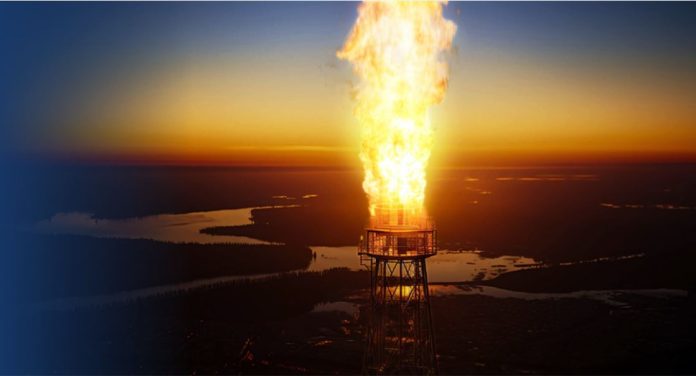As the world grapples with the urgent need to mitigate climate change while still meeting growing energy demands, natural gas has emerged as a pivotal transition fuel. Within the energy sector, its role is crucial in bridging the gap between fossil fuels and renewable energy sources. This article explores the trends in gas demand, the reasoning behind its adoption as a transition fuel, and why it holds a comparative advantage over other fossil fuels.
Trends and Demand for Gas
Over the last decade, there has been a notable increase in the global demand for natural gas. According to the International Energy Agency (IEA) in its World Energy Outlook 2021, natural gas consumption is expected to grow, albeit at a slower pace than renewables, with an increase of about 10% by 2040. This growth is largely driven by its affordability and reliability, as well as robust demand in emerging markets and developing economies, making it an attractive option for countries looking to reduce energy costs while enhancing energy security.
Gas is integral in power generation, industrial usage, and residential heating. The versatility of natural gas allows it to complement intermittent renewable energies such as wind and solar by providing a steady and reliable power source. Additionally, emerging markets in Asia, notably China and India, are contributing significantly to this demand surge, as they expand their natural gas infrastructure to reduce air pollution and diversify energy portfolios.
The Low Emissions Imperative
One of the primary reasons for the adoption of natural gas as a transition fuel is its relatively low carbon footprint compared to other fossil fuels. When combusted, natural gas emits about 50-60% less carbon dioxide (CO2) than coal and around 30% less than oil, according to the U.S. Energy Information Administration (EIA). This makes it a more environmentally friendly option in power generation and industrial processes.
The reduction in emissions is not limited to CO2. Natural gas also produces fewer pollutants, such as sulphur dioxide (SO2) and nitrogen oxides (NOx), which contribute to smog and acid rain, thereby offering a cleaner alternative for urban areas struggling with air quality issues. As emission regulations become more stringent globally, industries and power sectors are incentivized to switch to cleaner fuels, naturally increasing the demand for natural gas.
Advantages Over Other Fossil Fuels
While coal and oil have dominated the energy landscape for over a century, natural gas offers several advantages that position it as an ideal transition fuel. Its cleaner combustion process not only results in fewer emissions, but technological advancements have made the extraction and use of natural gas more efficient than ever.
Furthermore, natural gas-fired power plants are quicker to start up and shut down compared to coal plants, providing more flexibility to accommodate fluctuations in energy demand and complement the variable output from renewable sources. This operational flexibility is crucial for maintaining grid stability as renewable energy penetration increases.
Virtual gas pipelines—key to gas accessibility
Virtual pipelines provide a regular supply of liquefied natural gas (LNG) to customers lying outside the reach of the existing gas distribution infrastructure.
Cryogenic tank containers transport the gas in a liquid state at a temperature of -162°C. The cooling process shrinks the volume, making it safer to store and easier to transport, occupying approximately 1/600th of the space compared to when it’s in its gaseous state.
This provides a crucial lifeline for sectors that conduct projects in areas without access to natural gas pipelines. LNG, supplied via virtual pipelines, ensures that such projects can be fuelled by a lower-emission alternative to diesel.
As the global energy transition accelerates, natural gas continues to play a crucial role in providing a reliable, cost-effective, and lower-emission bridge from traditional fossil energy to a future dominated by renewables. Its strategic use can help achieve short-term emission reduction targets while supporting the development and integration of renewable technologies into the energy mix.
While natural gas is not the ultimate solution to the world’s energy challenges, its role as a transition fuel is instrumental in paving the way toward a sustainable energy future. Ensuring robust investment in gas infrastructure, coupled with innovative carbon capture and storage (CCS) technologies, could further enhance its long-term viability in a decarbonizing world.
Aggreko’s gas fleet runs on eco-friendly gas fuel, and has low exhaust emissions and a low noise level. With an electrical efficiency that surpasses open-cycle industrial gas turbines by a notable margin, they can help clients lower their overall total cost of energy and meet the most stringent environmental regulations.
By Aggreko, Africa









